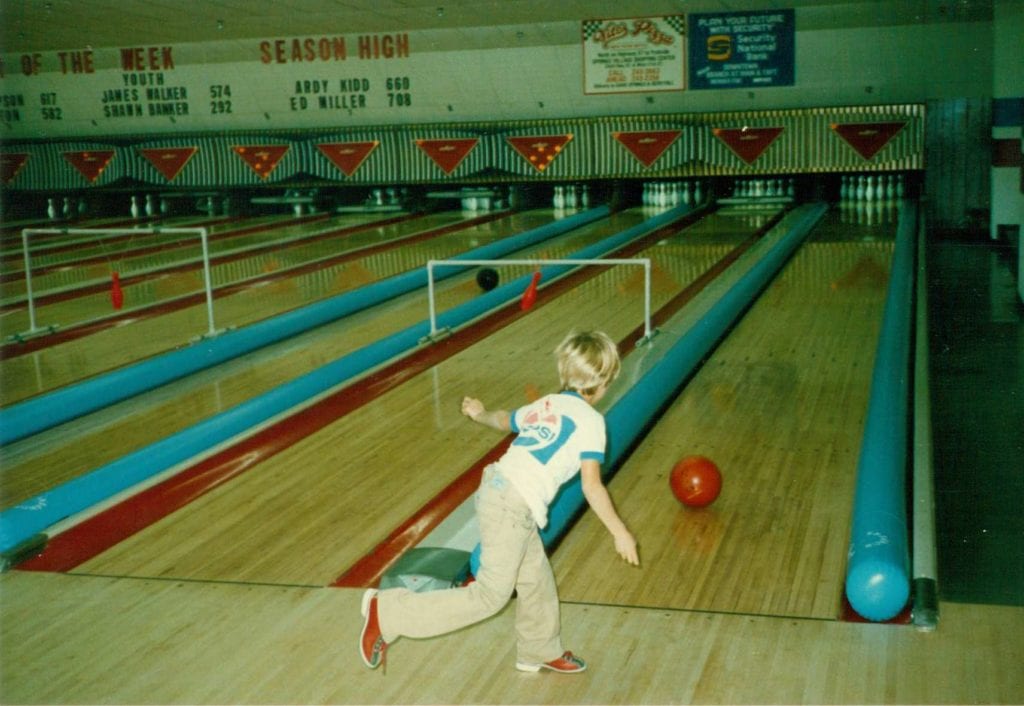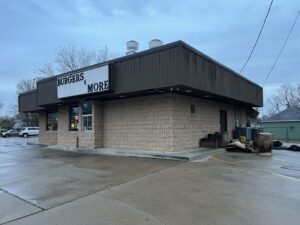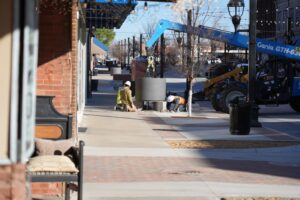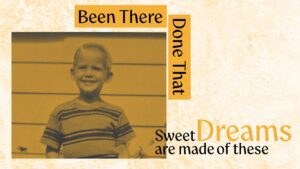In 1960, Sapulpa gained something that was, at the time, taking the world by storm: a bowling complex.
“There was a time there were only three networks, and so you’d go home and there would be three shows on,” says Wayne Bolin, who helps run the Sahoma Lanes, Sapulpa’s longtime bowling alley started by his father. “There was no 24-hour Walmart. There was no smartphone that occupies people’s lives all the time. There were no computers or computer games. There was nothing but work, church, theaters, and bowling.”

Today, Sahoma Lanes celebrates 60 years, and is one of the last remaining independently-owned and operated facilities of its kind in at least the Tulsa metro area, maybe even larger.
Not that getting here has been easy—far from it, actually.
Guy Bolin moved his family to Sapulpa from Texas in 1960 and built Sahoma Lanes, and in 1962, a fire had “pretty much destroyed” the inside of the building, according to Wayne Bolin, a son who’s been involved from the very beginning. Guy, who had moved to McAlister, Oklahoma by that time, was still on all the notes because he had sold the alley to its new owner under contract for deed. “He had no choice but to either declare bankruptcy or come back and reopen the place,” Wayne said.
And reopen they did. Because they couldn’t afford to open all twelve of them back, they opened with eight lanes and the remaining space was devoted to pool tables and seating. Wayne recounted the grueling work of getting to that point:
“My dad, my step-brother and I came up here and we lived in [the] office right here. For most of the summer, and we’d go outside and take cold water showers with a hose while we rebuilt the building. Or we would go out to the Meadow Lake out here and swim and try to get that fiberglass insulation and stuff that would get on us and would be just black from cleaning this place out.”
The work was hard, but it was worth it. They reopened with the smaller lanes and pool tables, and as business picked up again, bowling shoes were again traded for work boots in 1972, when the alley was back to twelve lanes. In 1974, they added another twelve lanes, which is what remains, today. In 1993, Guy’s son Wayne purchased the business from his father, and has continued to run it ever since, along with the help of his sister Tammie.
Wayne talks about how busy things used to be in those days: “We had very little competition in the wintertime, we were double-shifting, we had leagues at 6:15pm and a second round at 8:45pm and it was wall to wall.”
They had a number of women’s leagues at that time, since most of the women with families didn’t work. Over time, they’ve had to adapt to changing habits, but they’ve stayed steady.
“By the late 70s, probably the majority of the people that had families were working, and so they weren’t available in the daytime anymore. It used to be a very strong league business, and now we’ve gotten to where it’s about half-league, and half-leisure,” Wayne said.
Wayne says the way the league stays relevant in a digital age is with good old-fashioned customer service. “We know 90 or 100 percent of our regulars. When they have an issue, we’ll get together to solve it.” Wayne says most of the Tulsa-based bowling alleys—nearly all of which are corporately-owned by now—have actually been driving business their way, because they’re such a big supporter in the area for tournaments and leagues.
With sixty years behind them, the crew at Sahoma hopes for “many more to come,” as Sahoma Lanes continues to be “a safe place for family fun and even some competition.










